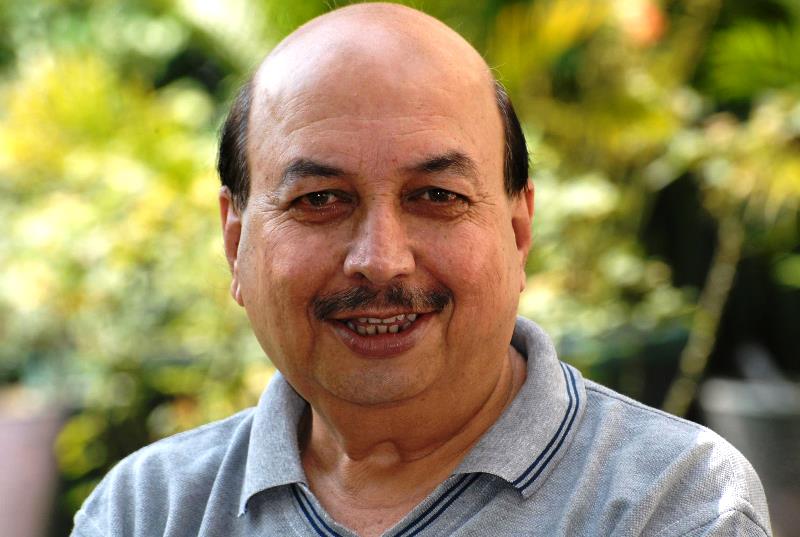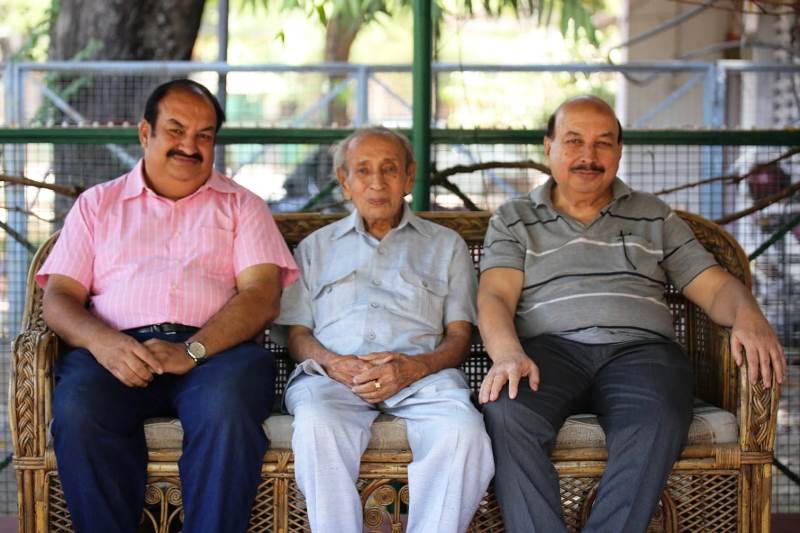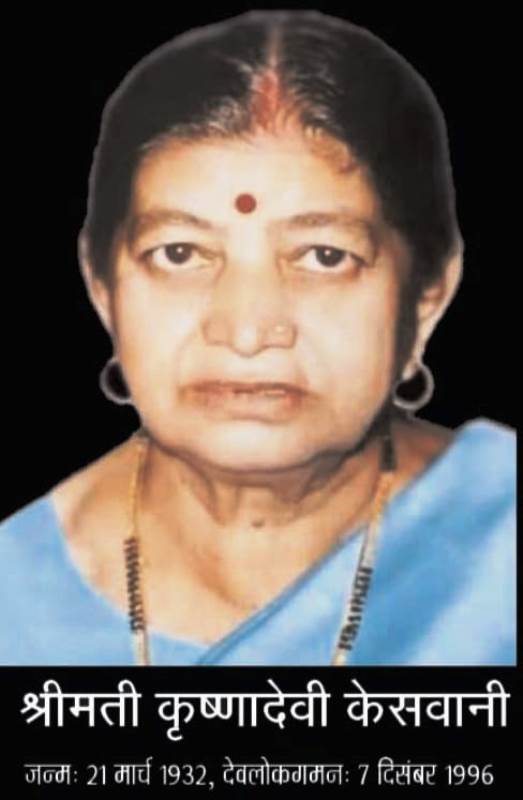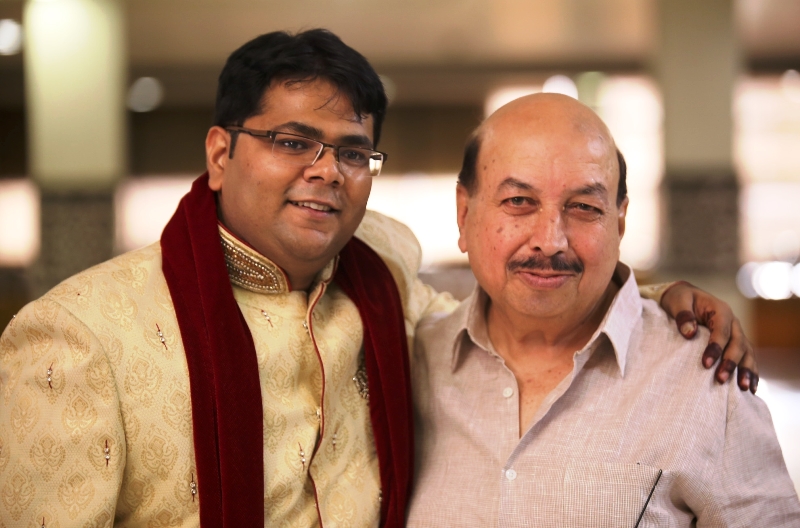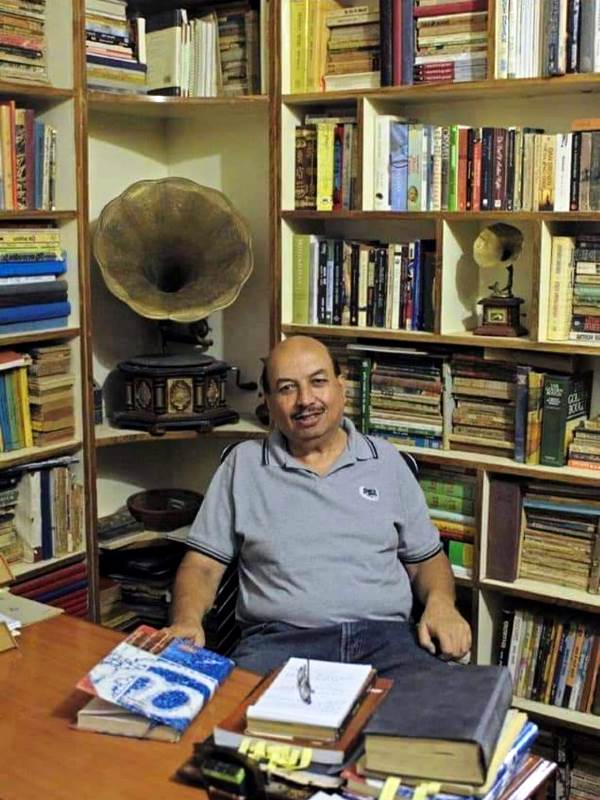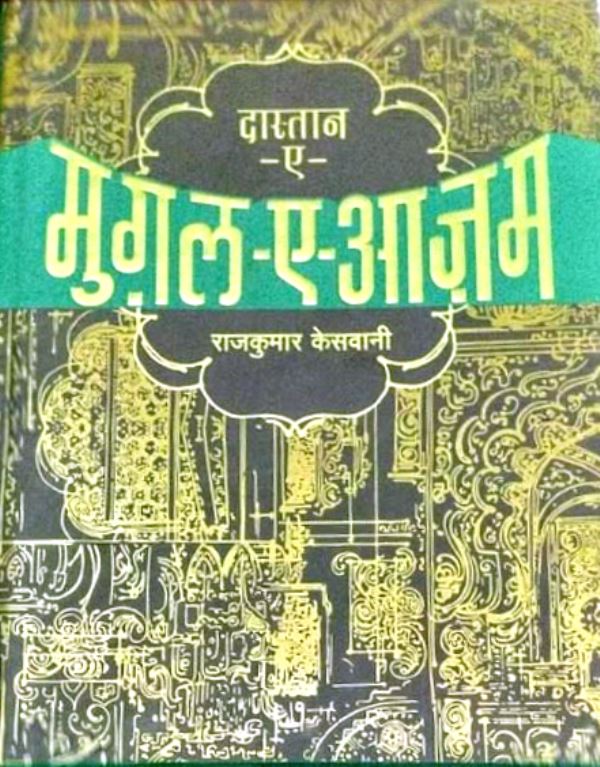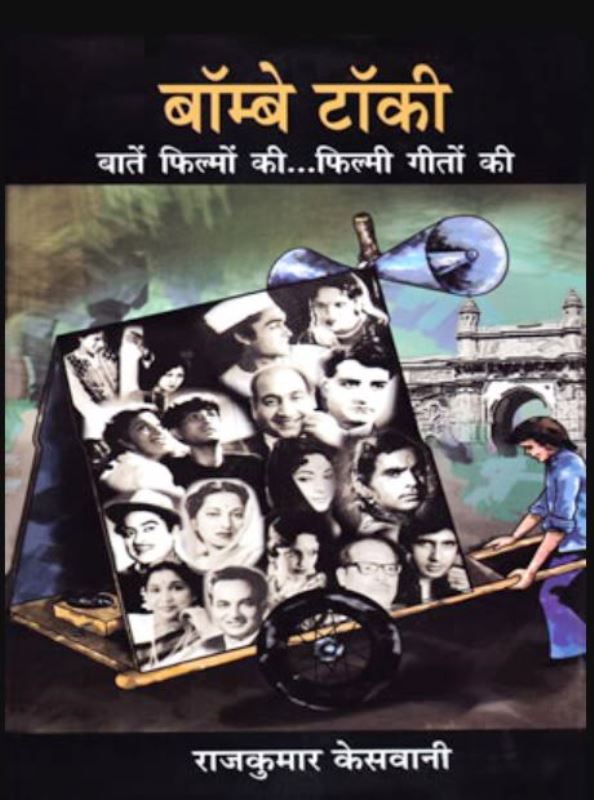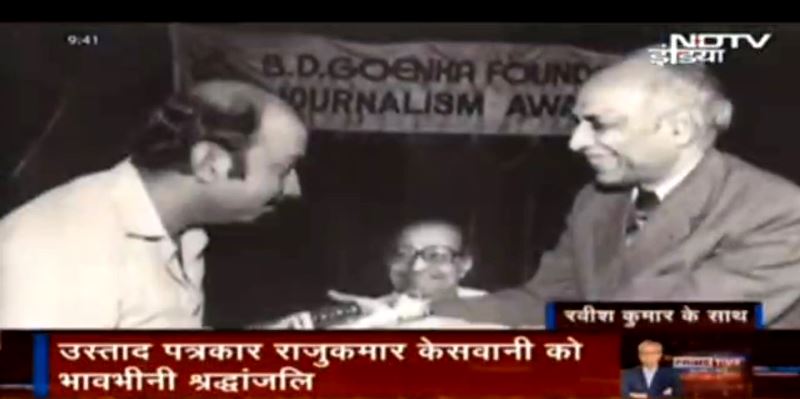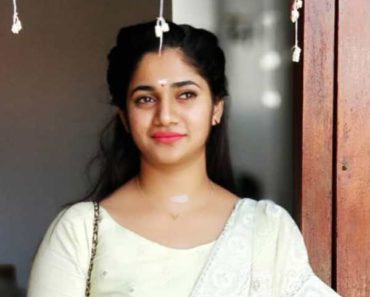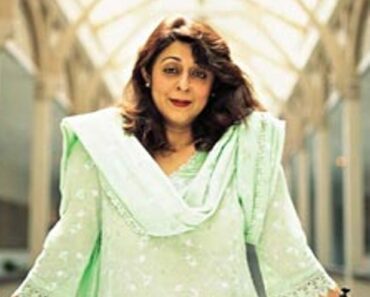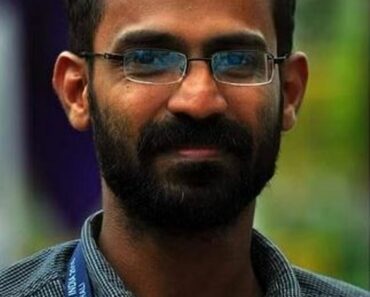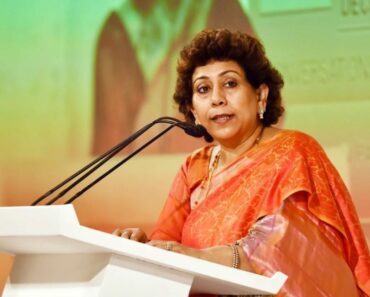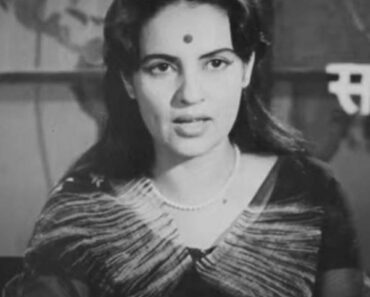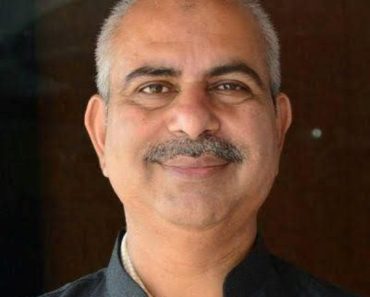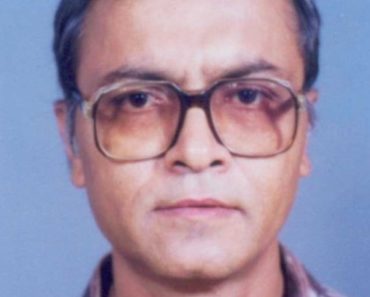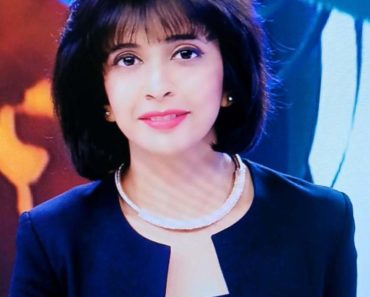Rajkumar Keswani (1950–2021) was an Indian journalist, writer, film historian, and film distributor. He is widely acknowledged to have predicted the 1984 Bhopal Gas Tragedy, one of the world’s most lethal industrial accidents in which over 500,000 people were exposed to the highly toxic gas methyl isocyanate (MIC) emitted from the Union Carbide pesticide plant in Bhopal. He wrote numerous articles from 1982 to 1984 highlighting the safety issues at the pesticide plant ahead of the disastrous gas leak. However, his warnings were ignored. He died of post Covid-19 complications on 21 May 2021.
Contents
Wiki/Biography
Rajkumar Keswani was born on Monday, 26 December 1949 (age 71 years; at the time of death) in Sultaniya Zanana Hospital, Bhopal, Madhya Pradesh, India. His zodiac sign is Capricorn. After Attending Saifia College, Bhopal, he pursued an MA LLB at Barkatullah University, Bhopal. [1]Rajkumar Keswani – Facebook
Family
He belonged to a Sindhi family. [2]Shashi Kumar Keswani – Facebook
Parents & Siblings
His father, Dada Laxman Das Keswani, was a journalist, writer, social reformer, and freedom fighter. In 1964, he started a Sindhi language newspaper called Challenge. He died on 20 May 2020. His mother’s name is, Krishnadevi Keswani. She died on 7 December 1996. His brother, Shashi Kumar Keswani, is an Editor at The Informative Observer.
Wife & Children
His wife’s name is Sunita Keswani. His son, Raunaq Keswani, is also a journalist and Chief Sub Editor at Dainik Bhaskar.
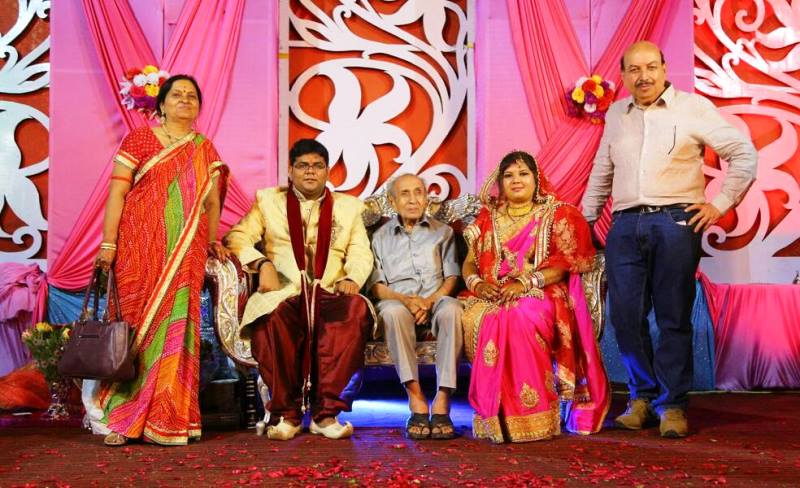
From left to right, Sunita Keswani, Raunaq Keswani, Dada Laxman Das Keswani, Raunaq Keswani’s wife, Rajkumar Keswani
Career
Journalism
He started his career as a sub-editor at Sports Times during his college years. Later, he was associated with various prestigious publications like Dinmaan, Newstime, Tribune, The Week, The Asian Age, The Independent, New York Times, The Illustrated Weekly of India, Sunday, The Sunday Observer, India Today, Outlook, Economic and Political Weekly, Indian Express, Jansatta, and Navbharat Times. He was the Madhya Pradesh-Chhattisgarh Bureau Chief of NDTV from 1998 to 2003. In 2003, he began working as an Editor for the Dainik Bhaskar, Indore edition. He worked as an Editor (Magazines) in the Bhaskar Group from November 2004 to August 2009. He was fond of cinema and had an extensive knowledge of Hindi films and music. He had a collection of old songs by singers like Master Madan, Mohammed Rafi, and Lata Mangeshkar’s father Dinanath Mangeshkar on gramophone discs, and he used to spend his evenings listening to them. He used to write a column every week on the journey of film songs in Bhaskar’s magazine Rasrang. His weekly column ‘Aaps Ki Baat’ dedicated to music and cinema published in Dainik Bhaskar was very popular.
In 2008, he was one of the 15 Asian journalists whose articles were published in six different Asian languages in a book form in Korea. Throughout his life, he extensively wrote about Bhopal and anecdotes and tales of the city. Keswani had a long and successful career in journalism and received the Prem Bhatia Award for Outstanding Environmental Reporting in 2010.
Raising alarm before 1984 Bhopal Gas Tragedy
In 1981, Keswani first took interest in the Union Carbide factory in Bhopal when his friend, Mohammad Ashraf, who worked at the factory, tipped him off about the possibility of a leak of MIC gas due to low maintenance and safety standards at the site. Unfortunately, in December of the same year, Mohammad lost his life in an accident at the plant caused by inhaling phosgene gas. Keswani was devastated by the loss of his friend and took it upon himself to research the nature of MIC gas. He discovered that MIC contained a number of other highly toxic gases, including phosgene. His research revealed that MIC contained several other highly poisonous gases, including phosgene. Additionally, he discovered that MIC, being heavier than air, would likely stay close to the ground in the event of a leak instead of rising and scattering into the atmosphere. Two years prior to the gas leak, Rajkumar Keswani penned a series of local news articles discussing the Union Carbide India Limited (UCIL) pesticide plant in Bhopal and the dangers it posed to both workers and the community. Wanting to bring attention to the issue, Keswani enlisted the help of two former employees who had been fired from the factory. It took him almost nine months to research and write about the situation. On 26 September 1982, he published his first prophetic article titled “Bachaiye Huzoor Is Shahar Ko Bachaiye” (Sage, please save this city) in a small Bhopal news publication, Rapat. He repeated the warning in two follow-up articles titled “Jwalamukhi Ke Muhane Baitha Bhopal” (Bhopal sitting on the brink of a volcano) and “Na Samjhoge To Aakhir Mit Hi Jaoge” (If you don’t understand, you all shall be wiped out) on 1 and 8 October 1982 in newspapers like Jansatta. His report was even picked up and shared by the national paper The Indian Express. In his articles, he detailed that safety standards at the plant were inadequate and could led to a catastrophic leak. Keswani also wrote a letter to Arjun Singh, the Chief Minister of Madhya Pradesh, warning him of the dangers from the plant, but never received a reply. Keswani’s last article, titled “Bhopal: On the Brink of a Disaster,” was published five months before the 1984 catastrophe. Unfortunately, his repeated warnings went unheeded by both Union Carbide management and the state government of Madhya Pradesh, who failed to launch any inquiry or investigation into safety standards at the plant. People treated Keswani like a madman. [3]Rediff They used to tell him,
Arre aisa kabhi hota hai kya? Aisa kabhi hua hai kya is duniya mein?”
(Do things like this happen? Have such things happened anywhere in the world?)
In an article, he also claimed that in 1975 an Indian bureaucrat named M.N. Buch had requested Union Carbide to relocate the plant from its current location due to the rapid growth of residential neighborhoods around it. On 2 December 1984, just over 2 years after Keswani published his first trio of warnings, his predictions proved correct. A chemical accident happened at the Union Carbide India Limited (UCIL) pesticide plant in Bhopal in which over 500,000 people in the small towns around the plant were exposed to the highly toxic gas methyl isocyanate (MIC). The tragedy is considered one of the world’s most lethal industrial accidents. More than a half-million people were injured, with over 3,000 dying from illnesses including lung cancer, kidney failure and liver disease.
Indian photojournalist Raghu Rai’s famous photograph ‘Burial of an Unknown Child,’ which became the icon of the 1984 Bhopal gas tragedy
When Keswani was awarded the B. D. Goenka Award for Excellence in Journalism in 1985, he wept at the fact that his warnings had fallen upon deaf ears, saying he might be the first to receive the award for ‘such a spectacular journalistic failure’. Later, he associated himself with the survivor organisations in Bhopal.
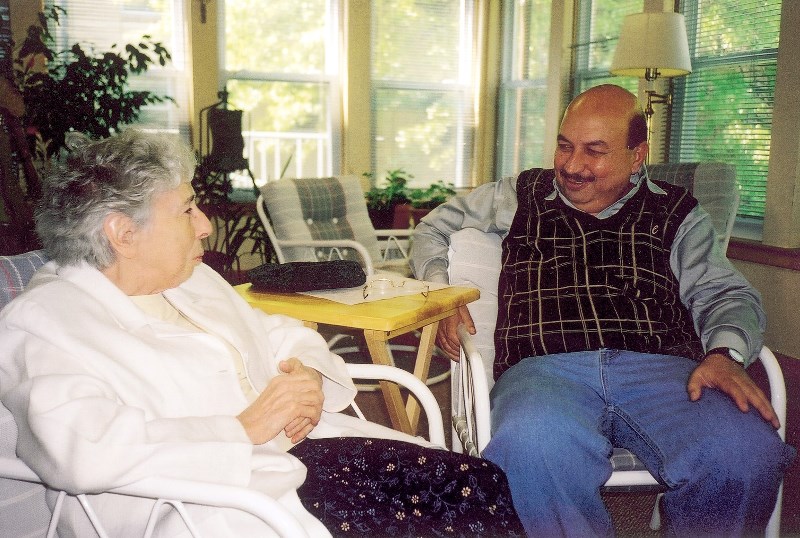
Rajkumar Keswani with Dr. Rosalie Bertell, Director of the International Medical Commission on the 1984 Union Carbide MIC gas leak disaster in Bhopal, which investigated the horrific chemical aftermath
Others
Before entering into journalism, he was associated with the film industry. He had tried his hand at film distribution. Keswani worked as a distributor for the C.I. circuit. He was involved in distributing films such as Ayee Milan Ki Bela (reissued) in collaboration with O.P. Goyal and Uttam Nahar. Additionally, he played a role in the colourization of the epic historical drama Mughal-E-Azam (1960). Additionally, he authored a book titled Dastaan-E-Mughal-E-Azam on the film Mughal-E-Azam (1960).
In 2020, he wrote a book called ‘Jahan-e-Rumi’ about the famous poet Rumi. Before he passed away in 2021, he was working on a book about the 1957 super-hit film ‘Mother India,’ which was the first Indian film to be nominated for an Oscar. He also authored a book called ‘Bombay Talkies’ about the old Bollywood classics.
He also wrote a book titled ‘Breaking the Big Stories,’ which narrates the experiences of journalists around the world who covered the news of the 1984 Bhopal gas tragedy. He was a member of his family-run organisation Keswani Foundation.
Awards
- B. D. Goenka Award for Excellence in Journalism in 1985
- Prem Bhatia Award for Outstanding Environmental Reporting in 2010
Death
On 21 May 2021, Rajkumar Keswani died of post Covid-19 complications. [4]India Today He was first undergoing treatment at J.P. Hospital in Bhopal, from where he was shifted to Bansal Hospital.
Facts/Trivia
- In 2014, a film called ‘Bhopal: A Prayer for Rain’ was released about the 1984 Bhopal Gas Tragedy, which had a character named Motwani, a journalist who documents the horrors of the tragedy. Reportedly, the character was inspired by Keswani.
- In 2023, the web series ‘The Railway Men: The Untold Story of Bhopal 1984’ featured a character named Jagmohan Kumawat (played by Sunny Hinduja) which was inspired by Rajkumar Keswani.
- He loved hockey and extensively supported various hockey players of Bhopal.
References

